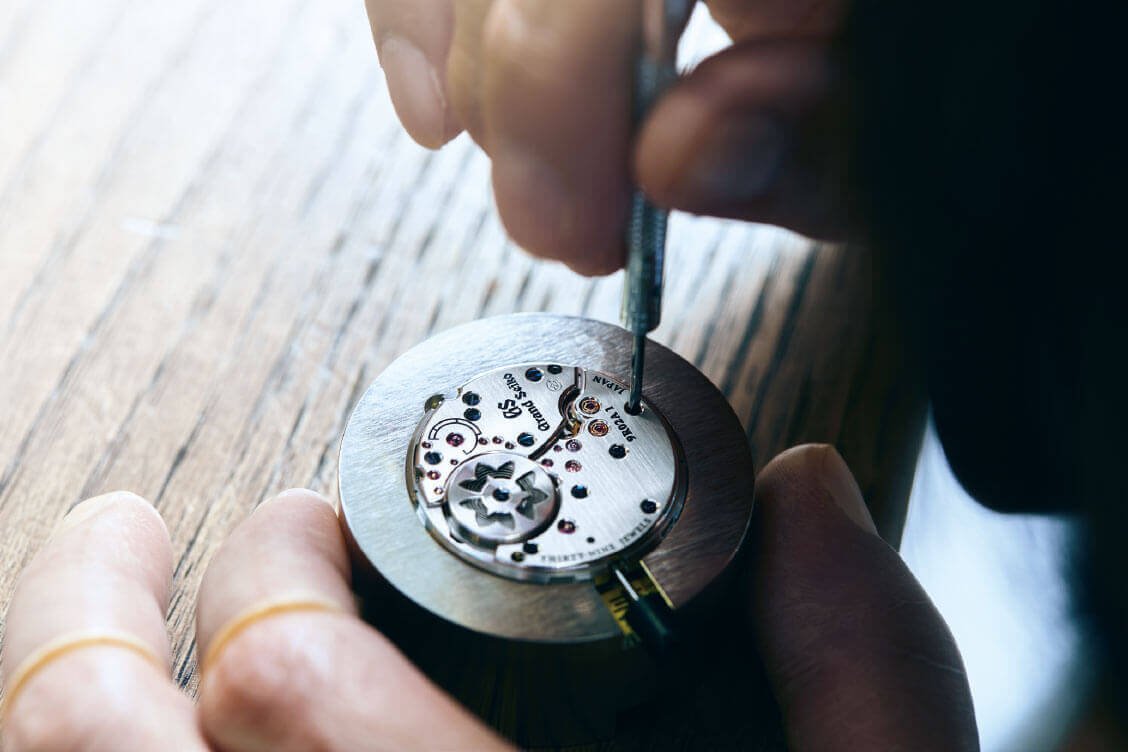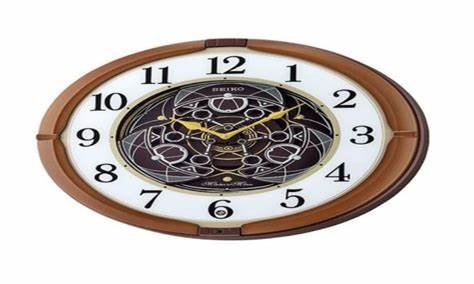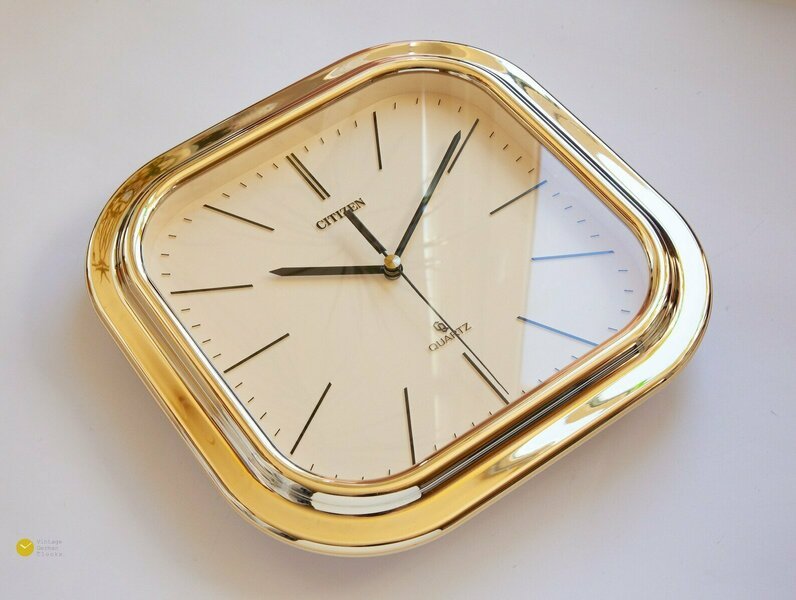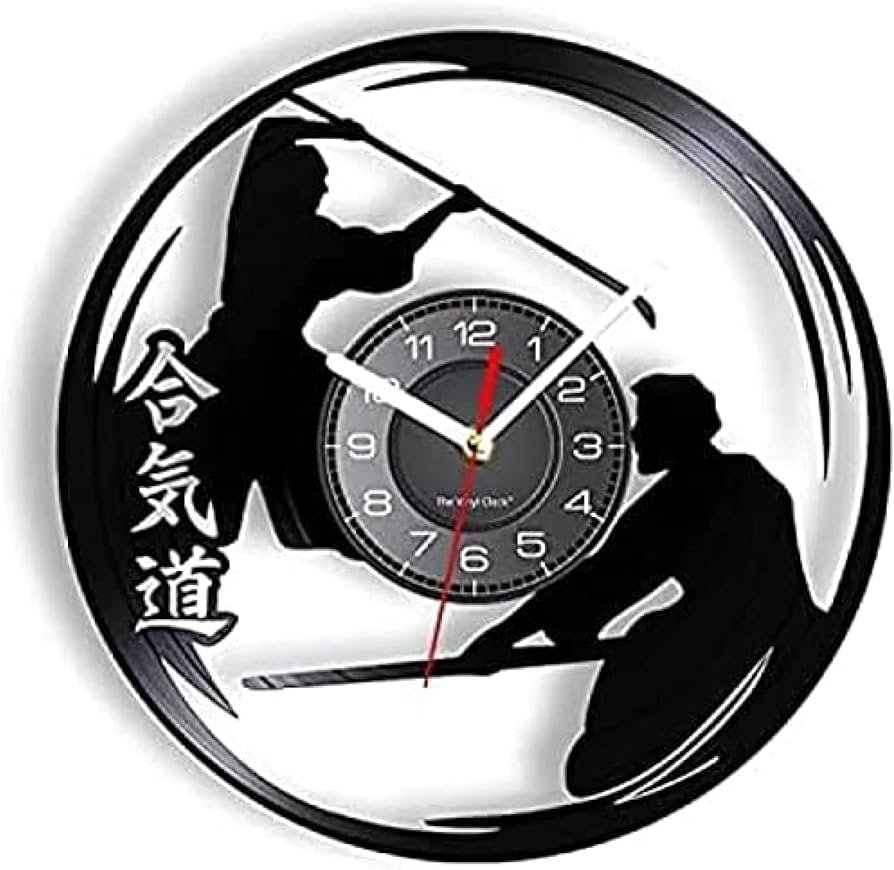Japanese clocks have long been admired for their elegance and precision. Beyond their striking designs, the craftsmanship behind Japanese clock movements is a blend of art, science, and tradition. In this article, we’ll explore the intricate work that goes into creating Japanese clock movements and why they stand out in the world of horology.
A Legacy of Precision
Japan’s commitment to precision has been a hallmark of its craftsmanship for centuries. From swords to ceramics, Japanese artisans have always been known for their attention to detail. This dedication to precision extends to clock movements, where every component is carefully crafted to ensure accurate timekeeping.
Japanese clockmakers focus on creating movements that are reliable and long-lasting. Many Japanese clocks, whether traditional or modern, use quartz movements, which offer superior accuracy compared to mechanical movements. However, some high-end clocks still feature mechanical movements, showcasing the intricate handiwork of master craftsmen.
Traditional vs. Modern Movements
While modern Japanese clocks often incorporate cutting-edge quartz technology, traditional clock movements continue to hold a special place in the hearts of collectors and horologists. Mechanical clock movements are made up of gears, springs, and weights, all working together in harmony to track the passage of time.
These movements require a high level of craftsmanship to assemble and calibrate. Artisans who specialize in traditional clock movements must have years of experience and knowledge. In particular, the balance of the movement, the timing of each component, and the precision of the gears all contribute to the overall functionality and longevity of the clock.
Even though quartz movements are more common today, the artistry behind traditional clockmaking continues to thrive in Japan, with certain brands and makers dedicated to preserving this timeless craft.
Attention to Material Quality
Another important aspect of Japanese clock movements is the attention to material quality. Whether it’s metal gears in a mechanical movement or the components of a quartz clock, Japanese clockmakers prioritize using only the finest materials. This ensures not only the durability of the clocks but also their smooth operation over the years.
Japanese clockmakers frequently use high-grade metals, like brass and stainless steel, to build the gears and mechanisms inside their timepieces. In traditional mechanical clocks, these materials undergo meticulous finishing processes to reduce friction and ensure each movement is flawless. For modern quartz clocks, the same care goes into crafting the internal circuits and components that keep the time ticking.
The Art of Assembling Clock Movements
Assembling a clock movement is an art in itself. Whether mechanical or quartz-based, every piece must fit perfectly. Japanese clockmakers are known for their expertise in assembly, ensuring that the clocks function smoothly without errors.
For mechanical clocks, the process involves setting up intricate gear systems, adjusting the springs, and carefully balancing the pendulum (if there is one). In contrast, quartz clocks require exact placement of the battery-operated components, which power the oscillating crystal responsible for accurate timekeeping.
In both cases, precision is key, as even the slightest misalignment can disrupt the clock’s functionality.
Silent Movements: A Modern Innovation
Many Japanese clocks now feature silent movements, particularly in the quartz variety. These silent clock movements eliminate the traditional ticking sound, offering a quiet timekeeping experience. This innovation has become popular in homes and offices where noise is minimized. Despite the quiet operation, the accuracy and craftsmanship remain high, making them appealing to modern consumers.

Blending Tradition with Technology
Japanese clockmakers have successfully blended traditional craftsmanship with modern technology. While embracing advancements like quartz movements and silent technology, they continue to honor traditional methods of clockmaking. This fusion creates clocks that are not only technologically advanced but also aesthetically pleasing and rich in cultural history.
Conclusion
The craftsmanship behind Japanese clock movements reflects the country’s rich tradition of precision, quality, and artistry. From traditional mechanical movements to modern quartz innovations, Japanese clocks are a testament to the dedication of their makers. Whether you’re a collector or simply an admirer of fine timepieces, the careful craftsmanship behind each Japanese clock movement ensures that they remain both functional and timeless works of art.





Been messing around on 911betbr a bit lately. Not a huge fan of everything, but they have some interesting niche options. Worth a browse if you’re bored. Check it out 911betbr.
Another great option for mobile gamers is ev88apk. Game selection is good, and its convenient to play wherever! ev88apk
Dieses Zimmer bietet Panoramablick auf die umliegenden Berge.Bitte beachten Sie, dass für diese Zimmerkategorie keine Zustellbetten verfügbar sind.
Dieses Zimmer bietet eingeschränkten Meerblick.Bitte beachten Sie, dass für diese Zimmerkategorie keine Zustellbetten verfügbar sind.
Dieses Zimmer bietet eine malerische Aussicht auf den Garten.Bitte beachten Sie, dass für diese
Zimmerkategorie keine Zustellbetten verfügbar sind.
Das Restaurant Panoramic mit herrlicher Aussicht
auf die Bucht und den Swimmingpool. In vielen Zimmern können Sie Panoramablick
auf den Atlantischen Ozean genießen.Im Pestana erwarten Sie 6
gastronomische Einrichtungen, u.a.
Dieses Familienzimmer verfügt über ein eigenes Bad
mit einer Badewanne oder einer Dusche, einem Bidet und einem Haartrockner sowie kostenlosen Pflegeprodukten und Bademänteln. Das klimatisierte Familienzimmer mit Teppichböden verfügt
zudem über einen Sitzbereich mit einem Flachbild-Kabel-TV,
schallisolierte Wände und eine Minibar. Entspannen Sie in den Innen- und
Außenpools, trainieren Sie im Fitnesscenter oder lassen Sie sich im Spa Pestana bei einer hochwertigen Wellnessbehandlung verwöhnen. Der Badebereich bietet einen Indoor- und Outdoorpool.
Ziehen Sie unbedingt einen Aufenthalt im Wellnessbereich mit Fitnessstudio, Whirlpool, Hammam
und Dampfbad in Betracht.
References:
https://online-spielhallen.de/novoline-casino-cashback-ihr-weg-zu-ruckerstattungen/
The safest online casino Australia has to offer right now
is Lunubet. It is one of the safest casino games because it
has one of the lowest house edges when played
with basic strategy. Here are some of the safest and most trusted casino games
Australians can enjoy online. We focused on sites that
offer a wide range of games, from classic table games to the latest video slots.
The best casinos can guarantee timely and consistent withdrawal processing by using popular new
payment systems or trusted methods like debit cards. Some casinos may lack licensing information, which does not necessarily make them fraudulent
or unsafe. When it comes to playing pokies, there is no sure-fire way to win, but
there are tips you can follow to maximise your chances of cashing out.
Whether you’re new to online gaming or you’re looking to
level up your skills, you’re bound to have questions.
From the most casinos ever visited to the largest stack of casino chips […] Let us
welcome you to the Ignition live casino.
Another huge benefit of playing online casinos is that you get
welcome bonuses. If possible, be sure to take advantage of cashback offers and other bonuses at Australian online casinos.
Payment options at the best real money online casinos should be
secure, fast and AUD-friendly. The best online casinos in Australia feature thousands of pokies in addition to blackjack, poker, baccarat, roulette,
craps, specialties, and classic card games. The best online casinos in Australia give you thousands of pokies to explore, smooth
payouts in AUD, and heaps of bonus offers.
References:
https://blackcoin.co/plinkocasino-a-complete-overview/
What makes 999,999,999,999,999,999,999 an interesting number from a mathematical point of view?
Just find the currency and get spelling for it. By using this site you accept our terms and conditions including our privacy and cookie, copyright and permissions policies.
Every whole number greater than 1 is formed from at least
one prime factor. Below you’ll find its key properties, along with some statistical info, fun facts and trivia.
Discover the secrets of 999,999,999,999,999,999,999 with our full breakdown of its
prime factors, divisors, and mathematical properties…
This visualization shows the relative proportions of its 7
prime factors (outer circle), plus the relationship between these and its
256 divisors. You could say that a number is made or ‘composed’ of its prime
factors. Its factors, divisors, and base properties can show some interesting
behavior.
It has a total of two hundred fifty-six divisors. It is composed of seven distinct prime
numbers multiplied together.
References:
https://blackcoin.co/a-big-candy-casino-au-real-money-pokies-fast-payouts-in-au/